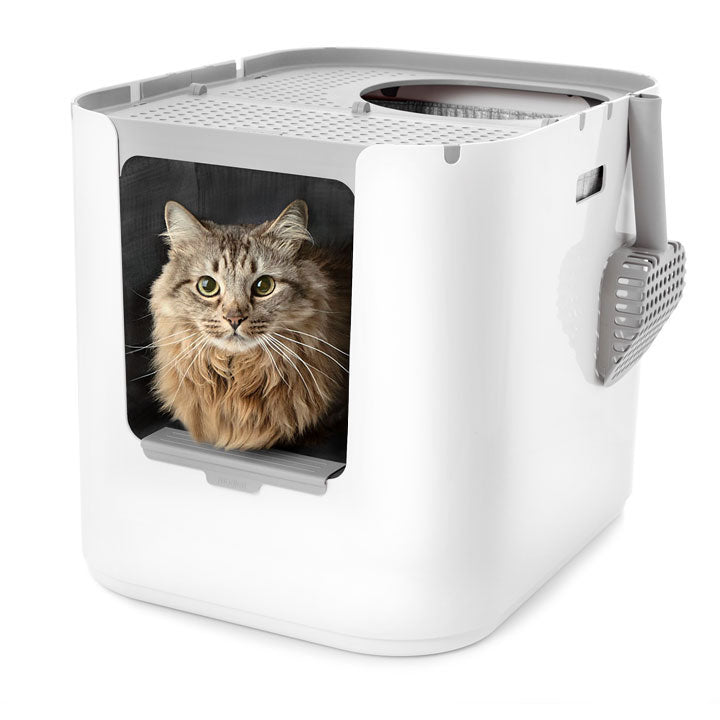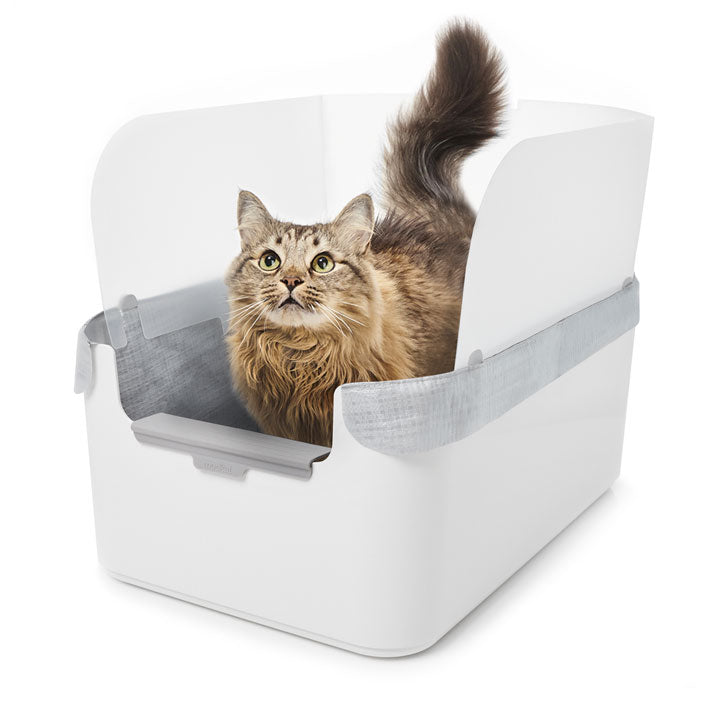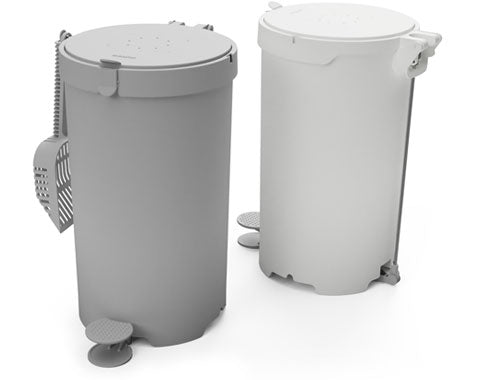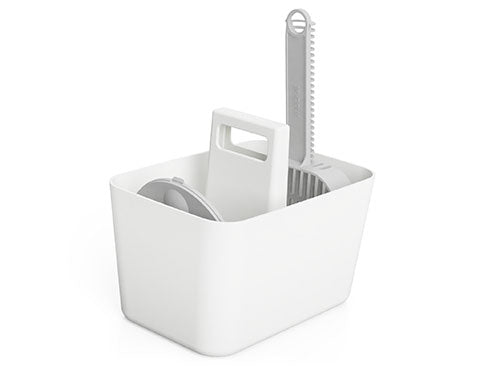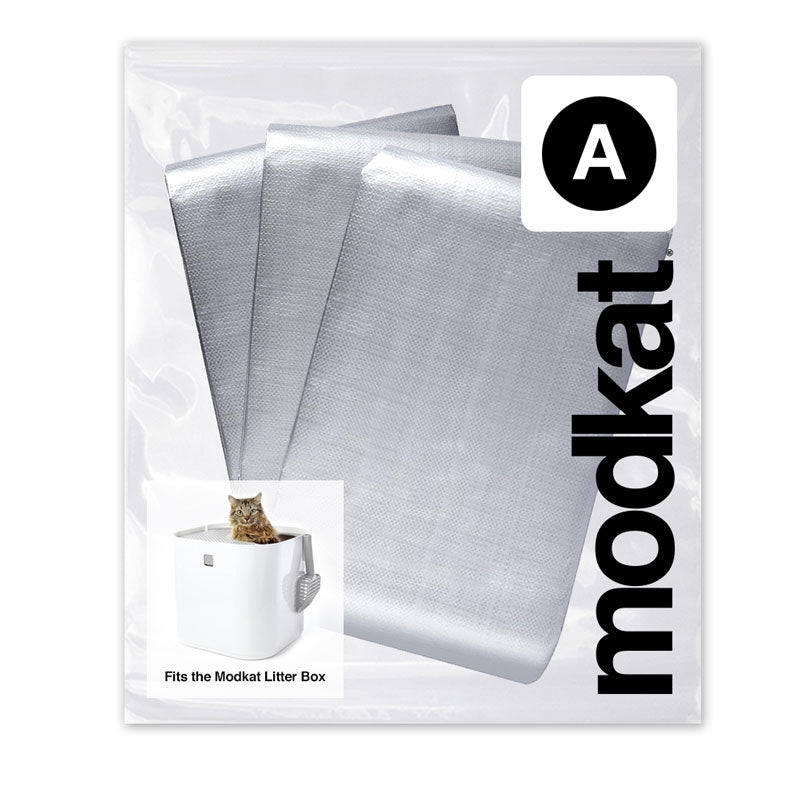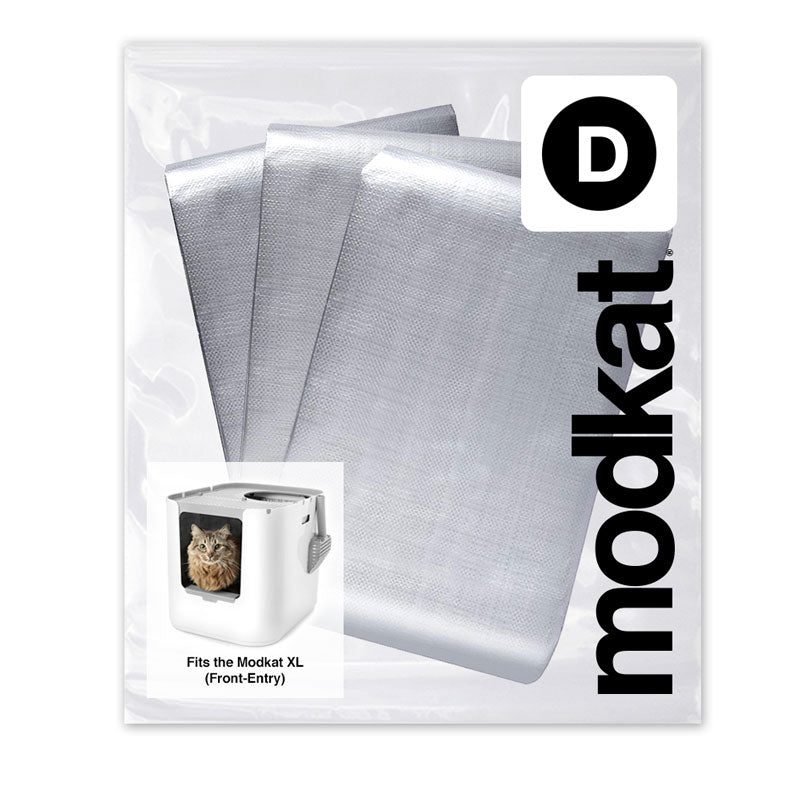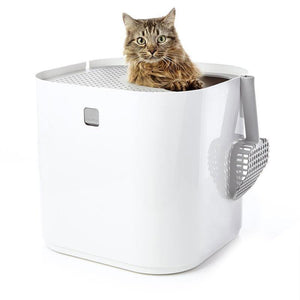Litter Boxes
Accessories
Liners
All About Service Animals, Therapy Cats, and ESAs

It’s World Sight Day. So we’re giving a big shout out to our friends with seeing-eye dogs!
Trained dogs do amazing work with people with disabilities, but there’s plenty of room for cats in the helping professions, too.
.........

Is there such a thing as a service cat?
Under the Americans with Disabilities Act (ADA), the term service animals refers only to dogs and miniature horses specifically trained to perform an action for a person with a disability. These animals lead a person with visual impairments, pull a wheelchair, or alert a deaf person to certain sounds. Since they aren't pets, working animals can go where other domestic creatures cannot.
While cats can’t lead a visually impaired person through a crowded city street, they can serve as emotional support animals (ESAs) or therapy animals. In these roles, cats bring joy every day into hospitals, assisted living facilities, and correctional institutions.
What’s an emotional support animal?
Any animal who helps mitigate the effects of depression, anxiety, PTSD, or other emotional distress can become an ESA. These animals don’t have the same public access rights as guide dogs. But ESAs do get to travel in airline cabins and live with their humans in no-pet housing spaces.
If you believe an ESA cat could help you or a loved one, contact your doctor or mental health provider for more information.
What’s a therapy cat?
Trained therapy cats provide affection and comfort to people needing physical or psychological therapy. Organizations like Love on a Leash or Pet Partners can certify stable, good-natured cats as therapy animals. Once certified, a therapy cat visits libraries, schools, nursing homes, prisons, and hospitals—anywhere they’re invited to spread the love. Cats have proven themselves especially effective at calming and reassuring veterans suffering from PTSD and people with autism.
Listening to a child read a book, encouraging a stroke victim to toss a toy, and cuddling with an Alzheimer’s patient are all in a day’s work. Calm, confident cats who relish meeting new people often make great cadets for therapy cat programs.
If you and your cat would enjoy serving others together, contact Pet Partners or Love on a Leash to learn more about becoming a certified therapy cat. You might make a great team.
Guide dogs get a lot of attention for their work, and we’re proud to know them. But this World Sight Day, let’s consider how our cats can serve other people as well.
“It looks nicer than any other hooded or open option we considered.”

Purrr News.
Join our email list and get exclusive access to new products, the best cat litter box health articles, and 10% off your first order!
Similar products related to this blog:
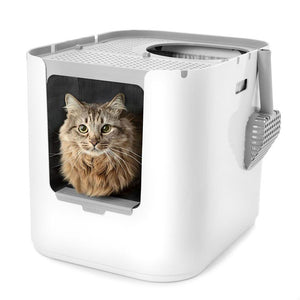
"It looks nicer than any other hooded or open option we considered."

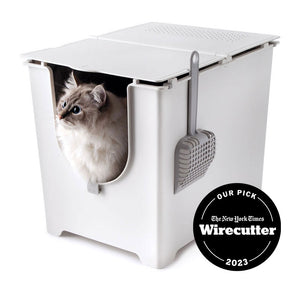
"This litter box keeps everything in, nothing gets out the sides."
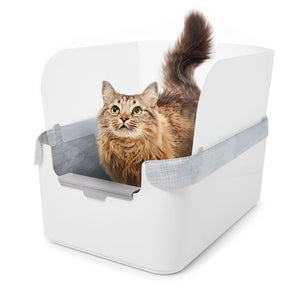
"My beautiful ragdoll cat and I both love the new Modkat Litter tray!"

